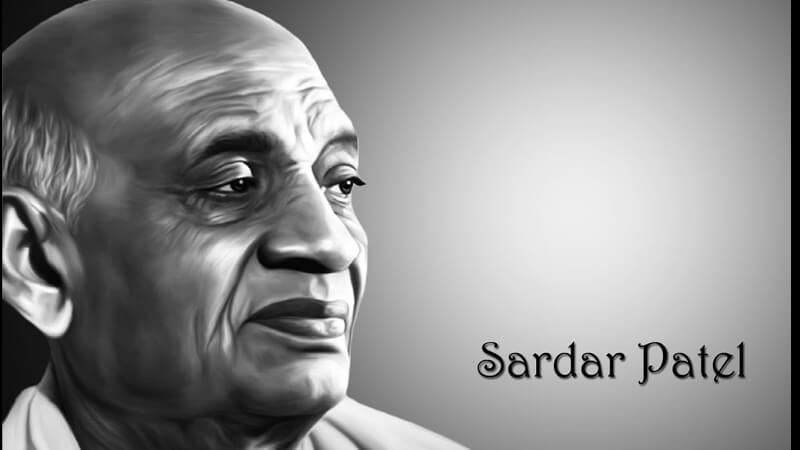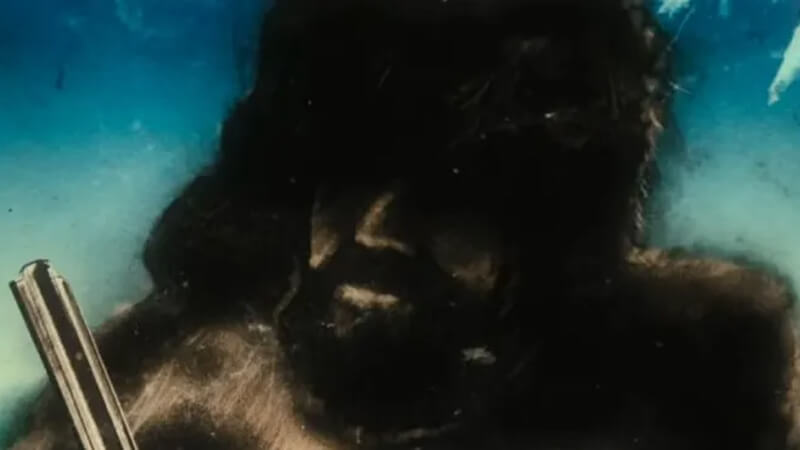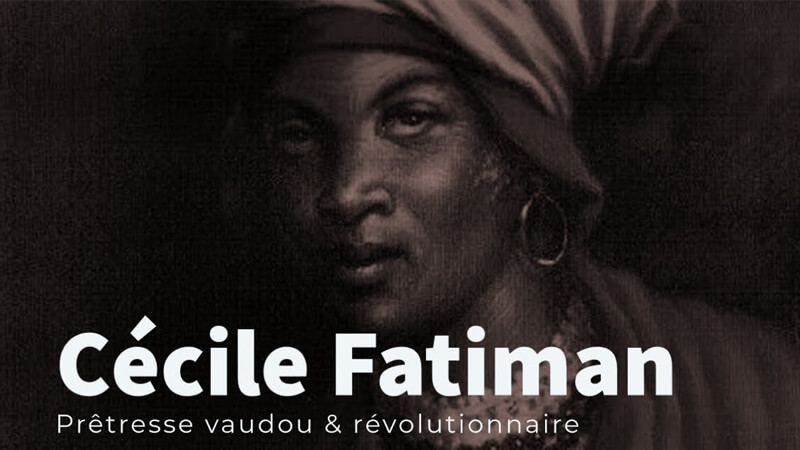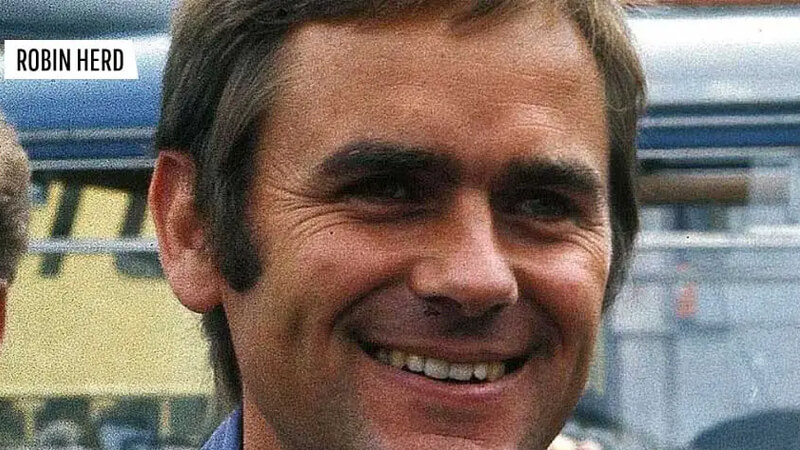Biography of Vallabhbhai Jhaverbhai Patel:- Political and Hindu lawyer. He was known as Serdar Patel, who in Hindi means Leader Patel . He was one of the most prominent Indian nationalist politicians in the struggle for the country’s independence alongside Mohandas Gandhi and Jawaharlal Nehru during the crucial years ranging from 1920 to 1950.
Biography of Vallabhbhai Jhaverbhai Patel
- Born:- 31 October 1875, Nadiad, India
- Died:- 15 December 1950, Mumbai, India
- Fullname:- Vallabhbhai Jhaverbhai Patel
- Education:-Middle Temple
- Books:- IDEAS OF A NATION: VALLABHAI PATEL
- Awards:- Bharat Ratna
It was born in a family of farmers of the breed of Leva Patidar. His father. Zaverbhai, was a soldier in the army of Jhansi ki Rani, who fought against the British, while his mother, Ladbai, was a very pious woman.
See Also: Biography of Alexander the Great
It was the room of a family of five brothers and a sister. He was educated in an atmosphere soaked with traditional Hinduism. He attended elementary school in Karamasad, while his secondary studies performed in Petland.
His organizational work became clear when he coordinated the campaign of a teacher of the school to occupy a seat in the municipal committee.
Thanks to his campaign he managed to make the professor win, defeating a rich local merchant. However, most of his education was self-taught.
He married in 1891 when he was only 16 years old with a girl named Zaverbai. He enrolled at age 22 at the university. After graduation he passed the district exam that enabled him to practice law. In 1900 he set up an independent district attorney’s office in Godhra. Two years later he moved to Borsad.
He distinguished himself as a brilliant defender of losses. During the trials he was able to dismantle the statements of the witnesses of the British police and judges. His wife, with whom he had had a son, Dayabhai, and a daughter, Maniben, passed away in January 1909, Patel did not remarry.
When he was 35, he moved to London to complete his law studies at the Middle Temple. There he excelled as a bright student and passed the exams with the best marks. Upon his return to India in February 1913 he became one of the country’s top criminal lawyers.
He rejected the proposal of Sir Basil Scott, the president of the Supreme Court of Bombay to enter the prosecution, since Patel did not want to work for the British government.
He lived the life of a bourgeois, dressed in English clothes and was a member of the fashion club, Gujarat Club, in the town where he lived, Ahmedabad. He came into contact with Gandhi when he started to go to the Gujarat Club to talk about his policy of non-violence ( satyagraha ).
He was the first municipal commissioner of Ahmadabad from 1917 to 1924, being elected president of the municipality that same year, a position he held until 1928. The relationship between Gandhi and Patel narrowed from 1917, when both were part of the Ahmadabad municipal committee.
Patel’s first political incursion took place in 1918, when he coordinated the protest campaign of peasants, farmers and owners of the Kaira district against the Bombay government’s decision to collect all taxes despite Who had lost most of the harvest because of the rain. To achieve his goals, he put the teachings of Gandhi into practice.
In 1923 participated in a new campaign of passive resistance in Nagpur that lasted from May to August of 1923, in protest for the prohibition of a demonstration in which the Indian flag was carried.
In 1928 he was definitively incorporated into the nonviolent movement led by Gandhi. He became one of the organizers of the Indian National Congress Party.
He abandoned advocacy and focused on the struggle for independence. However, it differed from some of Gandhi’s ideas; While it emphasized universal applications, they were irrelevant to Patel’s solution to India’s economic, political, and social problems. It changed its form and lifestyle and way of dressing.
He dismissed his servants, dressed in the characteristic white suit of the Indian peasant, and began to eat in the Indian style.
Patel led in 1928 the campaign of resistance of the peasants of Bardoli to the increase of taxes. He encouraged the peasants not to pay taxes, since he considered them unjust.
He launched a campaign of peaceful resistance. In response, the government confiscated the peasants’ lands and arrested hundreds of them. Patel responded by encouraging the peasants not to sell any product unless authorized by the Local Committee.
The government was forced to cede and return its lands to its rightful owners. The triumph of his campaign earned him the title of Serdar (‘leader’), making him one of the most prominent nationalist leaders in India. British authorities began to see themselves as one of their most dangerous enemies.
He was the one in charge of organizing the electoral campaign of the party of the Congress in the elections of 1937. That same year was one of the candidates to preside the Congress, but resigned by the pressures of Gandhi, and Nehru was again reelected.
In 1940, at the outbreak of World War II, he was imprisoned along with other leaders of Congress. Released in August 1941, he was again arrested and imprisoned in August 1942; Remained in prison until 1945.
During the war he stated that before the expected Japanese invasion, non-violence was impracticable. In the run-up to independence, the partition between Indian India and Muslim Pakistan was inevitable.
He again submitted his candidacy for the presidency of the National Congress in 1945, but again the intervention of Gandhi allowed the re-election of Nehru.
In 1946 he directed the efficient electoral machinery that allowed Congress to win the elections. When the country reached independence in 1947, he was appointed deputy prime minister, interior minister, information minister and minister of states, in the government headed by Nehru.
Its main objective was to achieve the integration of princely states in the nation, which was to consolidate the unity of India. It had to successfully integrate 560 principalities into the Indian Union, which wanted to maintain their sovereignty.
But its remarkable negotiating capacity allowed to successfully incorporating the principalities to India. To solve the possible problems that arose with the principalities created a special department. Throughout 1947 and 1948 most of the principalities signed their adhesion to the Union India.
During the last years of his life he was named Doctor Honoris Causa by the universities of Nagpur, Benares, Allahabad and Usmania. During Nehru’s tour of the United States, Canada, and Great Britain, he served as acting Prime Minister of India. He died in Bombay on December 15, 1950.




